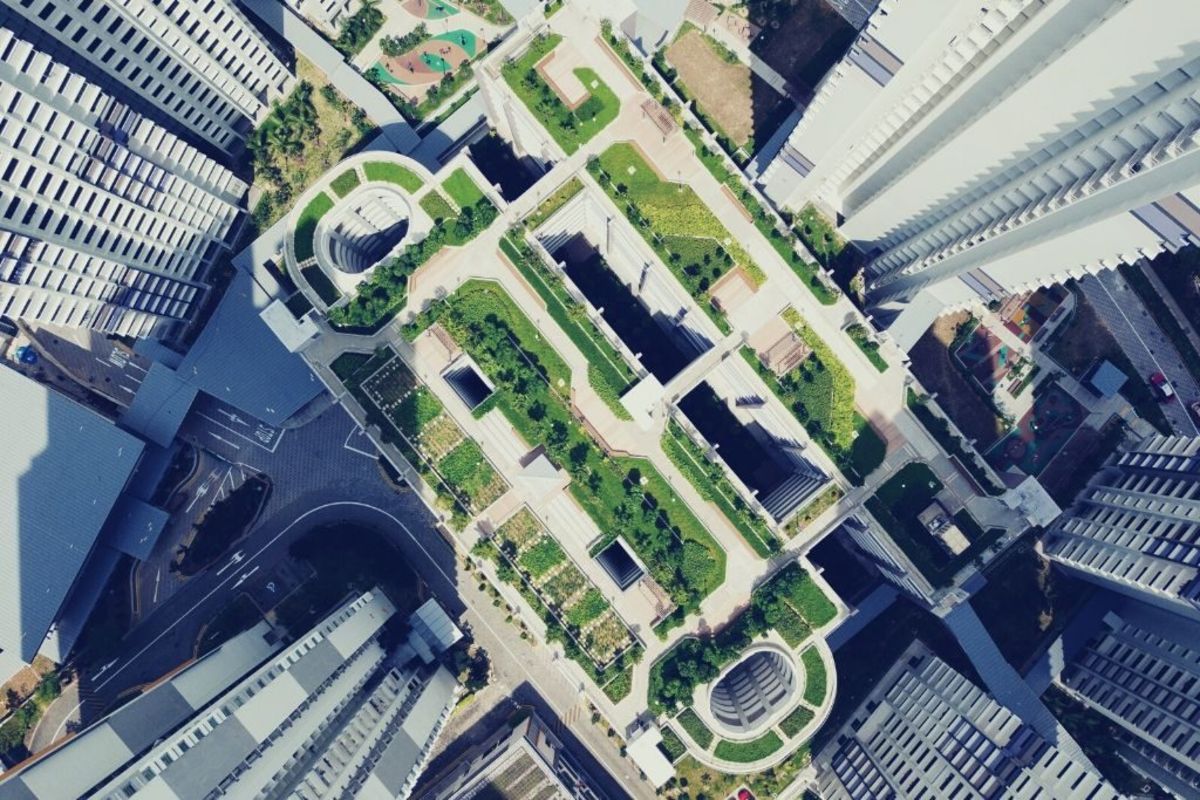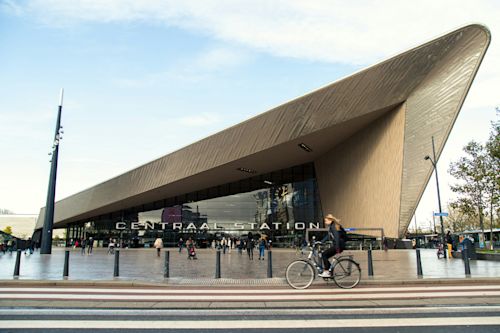
dormakaba Editorial Team

Vicky Grossenbraeucker
Vicky is a Change Management Expert at Aldi, and she worked as a Brand Specialist at dormakaba, bringing the brand strategy to life from the inside out and managing an international network of in-house brand ambassadors.
Related articles

Architecture
Traveling Through Architecture: The World’s Most Fascinating Train Stations

Architecture
Hotelification, a Raging Trend in Workspace Design
Among the most innovative trends shaping office design is the concept of hotelification. It is revolutionizing how we conceive the workplace.

Urbanization
Cheonggyecheon: How a Reclaimed River Brought Life to Seoul
South Korea's story is one of phenomenal economic growth and rapid urbanization. Following the devastating Korean War between 1950 and 1953, in just a few short decades, Seoul transformed from a war-torn city into a bustling megacity, as South Korea flourished as a global leader in technology and innovation.